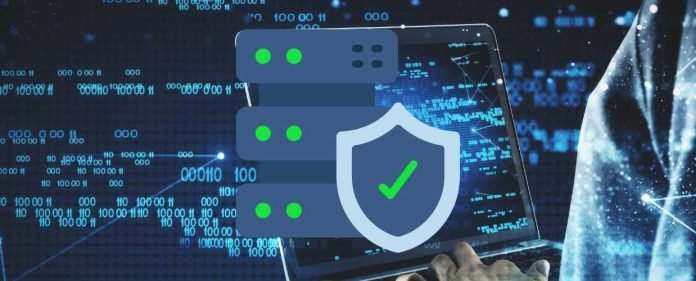In an age where digital connectivity has become a cornerstone of business operations, robust cybersecurity has become the most important. This article guides you in selecting cybersecurity software that aligns with your organization’s needs.
Assess Your Security Needs and Risk Profile
Begin your journey by assessing your organization’s security needs and risk profile. It comprehensively evaluates your digital assets, sensitive data, and potential vulnerabilities. Consider the cyber threats in your industry and the regulatory compliance standards governing your operations. By understanding your unique security landscape, you can lay the foundation for selecting cybersecurity solutions that precisely address your organization’s vulnerabilities.
Research and Vendor Evaluation
In the expansive realm of cybersecurity, the diversity of software vendors and solutions can be overwhelming. Conduct thorough research to comprehend the various cybersecurity software types and vendors’ reputations. Review the vendor’s history, review customer reviews, and scrutinize relevant case studies. Seek vendors who specialize in your industry, as they are more likely to possess a deeper understanding of the specific threats you face. This research and evaluation phase will illuminate the path toward solutions tailored to your organization’s security imperatives.
Features and Customization
The need for multifaceted security solutions has become paramount as the threat landscape evolves. When evaluating potential cybersecurity software, focus on the features they offer. These may encompass antivirus protection, firewall capabilities, intrusion detection systems, encryption mechanisms, and vulnerability scanning. Prioritize solutions that can be customized to align with your organizational workflows and infrastructure seamlessly. A tailored approach empowers the software to thwart threats effectively while seamlessly integrating into your existing operations.
User-Friendly Interface and Integration
With cyber threats becoming increasingly sophisticated and frequent, the need for effective cybersecurity software solutions has risen. Before choosing, consider important factors like user-friendly interface and integration.
User-Friendly Interface
The effectiveness of your chosen cybersecurity software hinges on the ease with which it can be managed and monitored by your IT personnel. A user-friendly interface empowers your team to detect and respond to threats swiftly. Look for solutions that provide an intuitive dashboard, clear and actionable alerts, and comprehensive reporting mechanisms. A user-friendly interface ensures your security team can navigate the software efficiently, enabling them to mitigate threats effectively.
Integration Capabilities
The cohesion of your cybersecurity efforts is vital. Your chosen software must seamlessly integrate with your existing IT infrastructure. It includes compatibility with your operating systems, network architecture, and other security tools you currently employ. Integration minimizes the complexity of managing multiple solutions and enhances the overall efficiency of your security operations.
Support and Updates
In the dynamic realm of cybersecurity, staying ahead of emerging threats is crucial. Opt for cybersecurity vendors that offer timely updates and patches to fortify your defenses against newly discovered vulnerabilities. Additionally, robust customer support is essential. Responsive support can significantly reduce potential damage and downtime when faced with a security incident or technical glitch. Prioritize vendors that provide comprehensive and responsive customer support to ensure the continued effectiveness of your cybersecurity strategy.
Scalability and Future-Proofing
As your organization grows and evolves, your cybersecurity needs will inevitably expand. When selecting cybersecurity software, consider its scalability. The solution should accommodate increased data volumes, users, and devices without compromising effectiveness. Additionally, assess the vendor’s commitment to innovation. A vendor that invests in research and development demonstrates a proactive approach to staying ahead of emerging threats and technologies, ensuring the long-term relevance of their solutions.
Conclusion
The quest for the right cybersecurity software is a journey that requires careful navigation. By thoroughly assessing your security needs, diligently researching vendors, evaluating features and customization options, focusing on user-friendliness and integration, and considering support and scalability, you can chart a course toward a cybersecurity strategy that fortifies your organization’s digital defenses. Your chosen software should reflect your organization’s commitment to safeguarding its digital assets and fostering a secure digital ecosystem.



